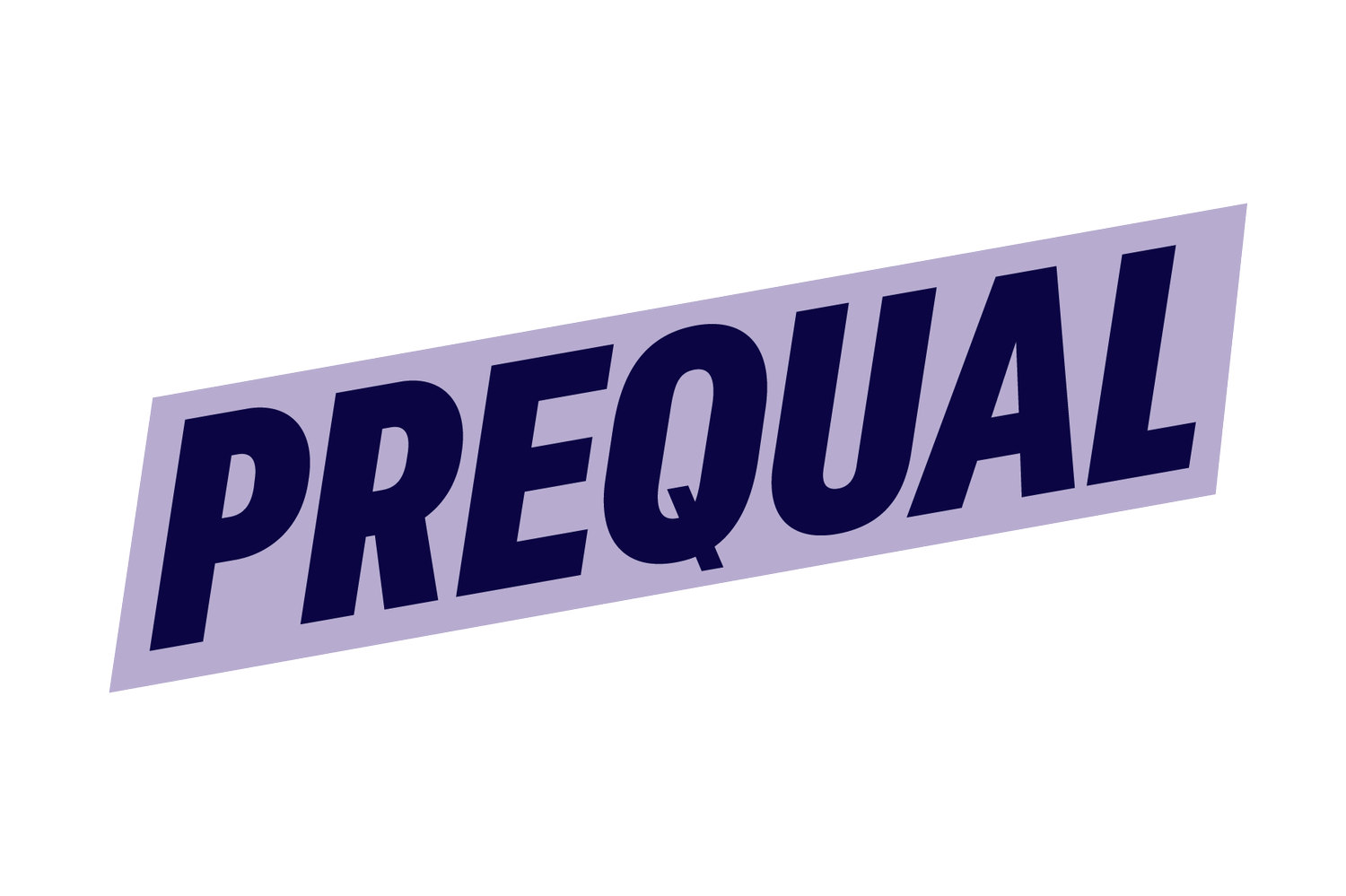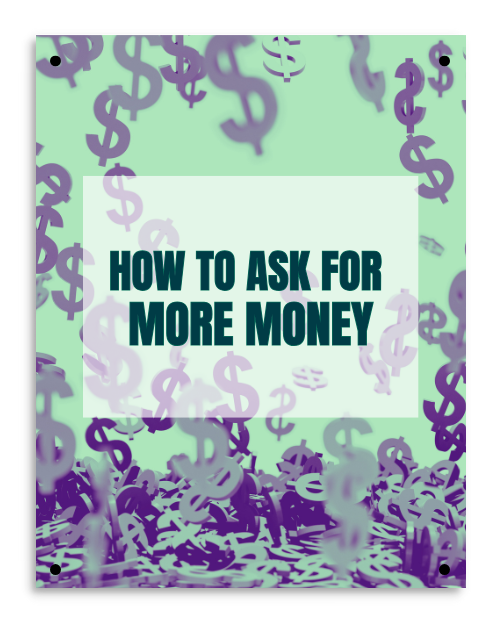Rejection in Sales: Why the Real Fear Isn’t About Being “Salesy”
Rejection is the shadow that follows every salesperson. It’s the sting of the unanswered email, the unreturned call, the polite yet firm “we’ve gone in another direction.” It’s also the silent killer of sales confidence, keeping professionals stuck in hesitation rather than action. But here’s the thing: most salespeople aren’t afraid of rejection, at least not in how they think. They’re afraid of something deeper—being perceived as “salesy.”
“Salesy” is the word people use to describe pushy, desperate, or inauthentic sales tactics. It’s the fear of coming across as manipulative, as someone who cares more about closing the deal than helping the customer. And that fear doesn’t just hurt morale; it actively sabotages sales success. Salespeople hesitate to follow up, pitch directly, or ask for the close—not because they doubt their product, but because they’re worried about how they’ll be perceived. They hold back, soften their approach, or avoid critical sales conversations because they don’t want to be labeled as one of those salespeople. But this hesitation signals uncertainty to prospects. If you hesitate when presenting your offer, they hesitate when considering it. If you treat sales like something to be apologized for, they’ll treat it like something to avoid.
Before we delve into handling rejection, it's crucial to establish a clear distinction: Was it truly a rejection, or was it an objection? Many salespeople prematurely give up at the first sign of resistance, if any hesitation, pushback, or delay means the deal is lost. Research shows that most salespeople give up too early—often after just one or two attempts—when many buyers need multiple touchpoints before making a decision.
An actual rejection sounds like:
“We’ve chosen a different vendor.”
“We don’t have the budget for this now or in the foreseeable future.”
“We’re going in another direction, and this isn’t a priority for us.”
An objection, on the other hand, is not a rejection. It’s simply a hesitation, a request for more clarity, or a sign that the prospect needs more convincing. It might sound like:
“This is too expensive.” (Objection: They might need a clearer ROI.)
“I need to think about it.” (Objection: They might need more urgency.)
“I have to run this by my team.” (Objection: They might need help navigating internal approvals.)
When sales professionals treat objections like rejections, they miss out on deals that could have closed with the correct response. Instead of walking away, leaning in, clarifying, and addressing the hesitation is essential. If it’s an objection, we have a formula for you to handle it effectively.
It is critical to shift the mindset from fearing rejection to embracing it as a natural part of the sales process. The best closers in the world hear “no” far more than they hear “yes.” Instead of fearing rejection, they expect it, plan for it, and confidently move through it. They don’t take it as a reflection of their worth but as useful data that helps them refine their approach. They recognize that sales isn’t about convincing someone to buy—it’s about presenting a valuable solution to the right person at the right time. A salesperson who truly believes in their offer doesn’t hesitate to put it in front of someone who needs it.
One effective way to reduce the fear of rejection is to shift from a transactional mindset to a service-oriented one. Many salespeople worry about being pushy when, in reality, they’re offering something that could solve a real problem for their prospects. Instead of framing sales as an imposition, it should be viewed as an opportunity to help. A simple mindset shift can change everything: Instead of thinking, “I don’t want to bother them,” consider, “I want to help them solve a problem.” Instead of, “I don’t want to come off as pushy,” reframe it as, “I’m being persistent because I believe in my offer.” Instead of, “They might say no,” think, “They might say yes, and I owe them the opportunity.”
Another way to minimize the sting of rejection is to change how follow-ups are handled. Many salespeople assume that once they hear a “no,” the conversation is over. But in reality, most sales happen after multiple touchpoints. The key is to follow up in a way that adds value rather than simply checking in. Instead of sending a generic “Just following up” email, try sharing an article relevant to their industry or reminding them of a specific pain point they mentioned. A message like, “I came across this case study on how others solved a similar challenge—thought of you,” is far more effective than a desperate, “Are you still interested?” Sales is about building trust over time, and follow-ups should reflect that.
Rejection also provides valuable insights that can be used to refine the sales approach. If a prospect turns down an offer, it’s worth digging into why. Was the timing wrong? That’s a sign to schedule a follow-up for later. Did they not see enough value? That indicates a need to sharpen the pitch. Did they go with a competitor? That’s an opportunity to understand the differentiators that matter most to prospects. Instead of treating rejection as a closed door, great salespeople treat it as a learning opportunity, empowering them to refine their approach and take control of their sales process.
One of the most powerful ways to overcome the fear of rejection is to increase sales activity volume. Many salespeople get paralyzed by the fear of hearing “no” because they aren’t making enough asks. It feels devastating if only ten pitches are made and eight are rejected. But those eight rejections don’t carry nearly the same emotional weight if a hundred asks are made. The more conversations that happen, the more comfortable rejection becomes. This is why top sales professionals habitually prospect rather than pinning their hopes on just a handful of deals. If you’re looking for strategies to handle common objections and keep the conversation moving forward, check out this guide on mastering objections as a woman entrepreneur.
Ultimately, rejection in sales isn’t the real fear—it’s the fear of confidently selling. The truth is that buyers can sense when a salesperson is hesitant or uncertain. They can tell when someone is afraid of seeming too pushy, and ironically, that lack of confidence is often what kills the deal. Sales is a profession built on relationships, trust, and problem-solving. When a salesperson believes in what they’re offering, rejection doesn’t feel personal—it just feels like part of the process. The key is to approach sales unapologetically, with the knowledge that persistence, confidence, and value-driven conversations will always lead to better results.
Instead of fearing rejection, embrace it. Instead of hesitating, move forward boldly. And instead of worrying about being “salesy,” focus on being a trusted expert who provides real solutions. When that shift happens, rejection no longer feels like failure—it just feels like one step closer to the next yes.






